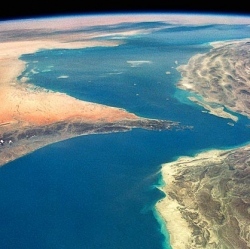
Our technology can get us to space, but once there, we still aren’t too flexible. Earth orbit is clogged with debris because we simply don’t have an easy way to clean it up.
According to the European Space Agency (ESA) there are 17,000 tracked objects in orbit (and a total of 29,000 objects greater than 10 cm) of which only 7% are working satellites. About ten objects a week pass within two kilometers of each other, and ESA initiates three collision avoidance maneuvers yearly.
The 6th European Conference on Space Debris, recently held at ESA’s European Space Operations Centre, concluded space junk is already a problem, but it may soon morph into a full-blown crisis. The amount of debris in orbit has reached a critical point whereafter a so-called “collisional cascading effect” begins to dominate. Unchecked, space junk may well worsen exponentially in the coming years.
In February 2009 an irridium satellite collided with a defunct cosmos satellite at a relative speed of 42,000 km/hr. Both satellites were pulverized, adding 2,000 new items of debris to the orbital scrap heap—that’s two objects to 2,000 in one collision. One such collision is enough to accelerate the rate at which junk is accumulating in orbit as well as up the rate and probability at which such collisions will occur in the future.
